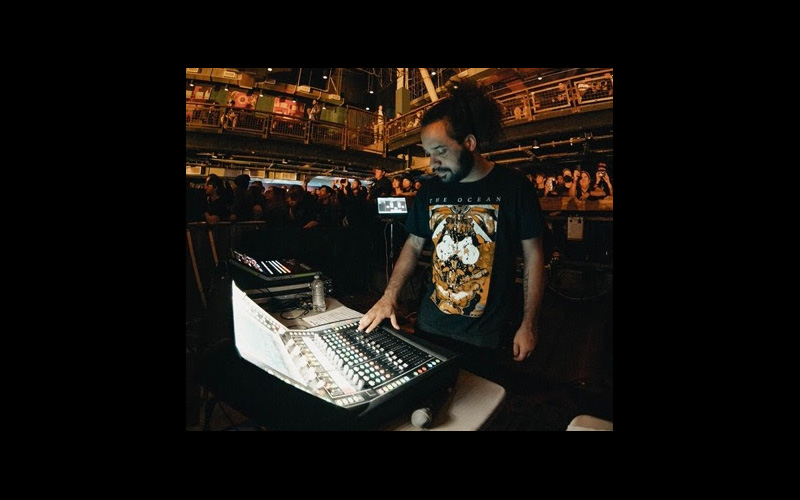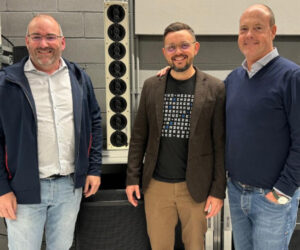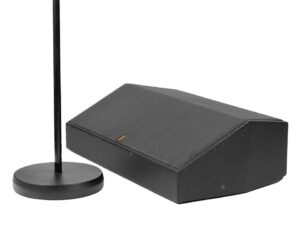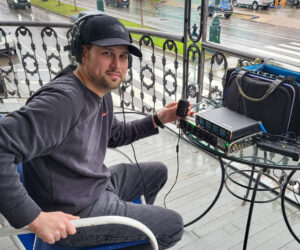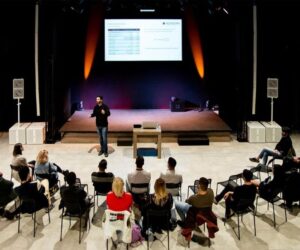Front of house engineer and tour manager Rhys Welchman utilizes an Allen & Heath dLive C1500 control surface working with supporting components in his touring work with death metal band Dying Fetus.
Welchman was doing sound at some local venues in the Washington, DC and Baltimore area when he was approached by the band’s Trey Williams, who was in attendance at one of his shows. “The rest is history,” recalls Welchman. “I’ve been working with the band since then. I grew up listening to Dying Fetus, so once the reality started to set in that I would be mixing them… it’s still pretty crazy to think about.”
He opted for the dLive C1500 as his touring console based on a recommendation from his colleague Travis Wade, front of house engineer for Dance Gavin Dance. “Many tours of our size seem to be using a C1500,” Welchman says. “Travis told us it’s a really powerful console and it’s cost effective as well. He also brought up that Allen & Heath is constantly updating their consoles with new features and they listen to user feedback.”
Once he knew he would be mixing with dLive, he began building up a show file in advance: “The intuitive user interface was really helpful, especially since I was mixing the band for the first time. It often takes a couple of shows to get a grasp of the band and how they sound, so the user-friendly dLive workflow was pretty awesome. I got confused by a couple of things, but I found some great instructional videos online that explained the functions in depth. Travis also helped me out with some workflow tips.”
Welchman notes that being organized is key when mixing bigger shows on a compact surface like the dLive C1500: “I follow the same rules where Layer A is always show control, Layer B and C are input layers, and so on. It’s important to be consistent so that you can find things quickly. The same with user-defined softkeys.”
Paired with the C1500 at front of house was a DM32 MixRack at the stage, which incorporates 32 mic preamps and 16 line outputs along with 128 channels of input processing and 64 buses. Welchman also says that he likes to use a Dante card for Virtual Soundcheck when the band has limited time to set up before a performance. “That (Virtual Soundcheck) really came in clutch for me,” he states. “To be able to quickly load up the stems from last night’s show, and start firing through the inputs while the band is setting up — it really helps make use of the time we have.”
For dynamics control, Welchman likes to use the dLive’s new BUS Compressor added in firmware V1.9. “That plugin for me is pretty much a necessity,” he notes. “That was always getting used on the main bus, the guitars, and sometimes the drum overheads.” He also employs the 16T DEEP compressor on the bass group: “The fact that I can scale my mixes is really useful. I don’t use any AUXes at front of house, so turning those mixes into matrices and channel groups that I can use for additional processing is very useful.”
Dying Fetus just wrapped up its most recent tour with a sold-out show at House of Blues in Anaheim, and will soon be off to perform additional shows in South America and European festivals.


